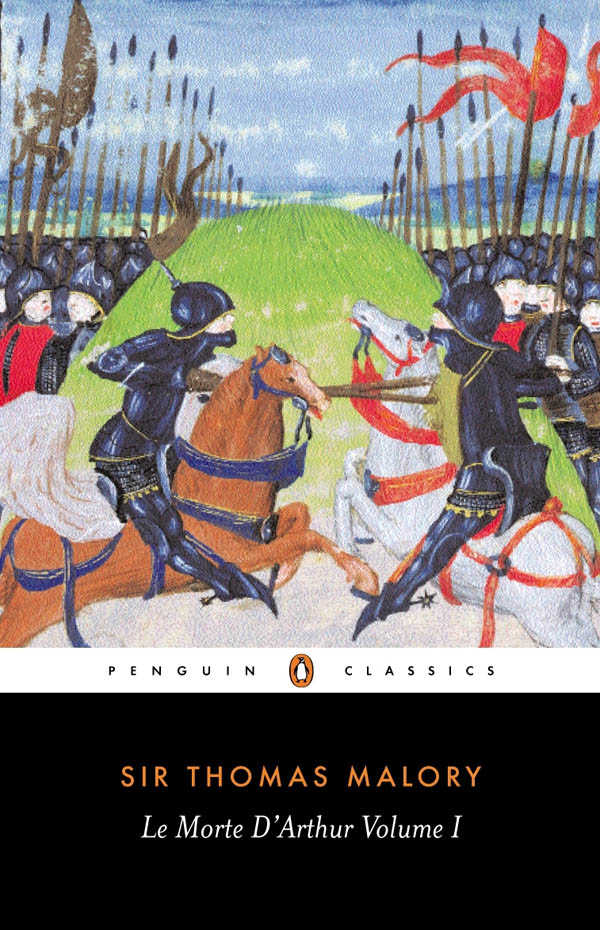The legend of King Arthur is a gift to story-telling. There are so many versions, and not just in literature.
I was introduced to Arthur, at age six or seven, when my parents took me to see the musical Camelot which is based on T.H. White’s The Once and Future King. As an avid bookworm, I was excited to find White’s book in my school library. The first story in that collection is The Sword in the Stone and I’ve just discovered that there is a sword in a stone – but not in Britain, in Italy.
Yes, it’s true: there is an actual sword in a stone in the Montesiepi Chapel, near the Abbey of San Galgano in the province of Siena, Italy.
How Did It Get There?
Galgano Guidotti was a young nobleman who lived a selfish life until he started having visions. First, Saint Michael, the warrior archangel, told him to renounce his worldly goods. Galgano responded that renouncing his wealth would be as hard as driving his sword into a stone. In a second vision, Galgano saw the apostles and immediately wanted to build a cross. With no wood at hand, he planted his sword into rocky ground.
Attempts were made to steal the sword, but the rock wouldn’t yield. A year later Galgano died, he was made a saint, and a chapel was built in his honor, covering his ‘sword in the stone.’
Was Galgano’s Sword The Inspiration For Arthur’s ‘Sword In The Stone’?
Yes, I think it could be and here’s why: Galgano was made a saint in the year 1185. Although the Arthurian legend has been around for at least two thousand years, the first mention of a sword in a stone is found in the Robert de Boron’s poem, Merlin.
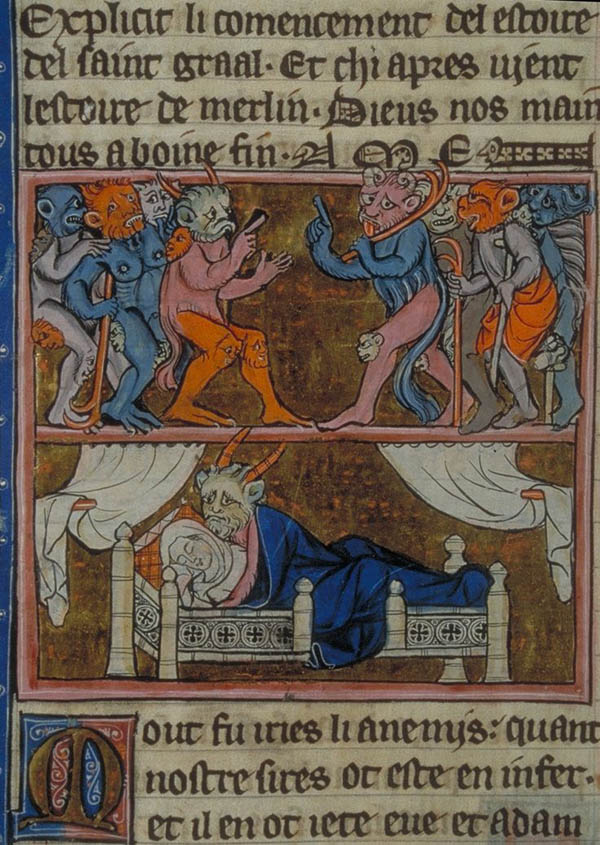
Source: Pinterest
Robert De Boron went to the Crusades in 1202. One of the routes for soldiers and pilgrims to the Holy Land was the Via Francigena, which runs through the province of Siena. It’s not too far-fetched to imagine pious crusaders visiting the chapel of a saint with links to a warrior angel, to pay homage to a sacred sword.
In Robert de Boron’s poem, Arthur obtained the throne by extracting a sword from a stone. Was de Boron inspired by what he saw at the chapel dedicated to Saint Galgano? Did he fuse it with Nordic legends where Odin embedded a sword in a tree which could only be released by a true hero?
The Sword In The Stone Is Prominent In Subsequent Versions Of The Arthurian Legend:
1. Le Morte d’Arthur by Sir Thomas Malory
Malory’s Le Morte d’Arthur or ‘death of Arthur’ was published in 1485, and is probably the most well-known telling of the legend in literature and inspired later versions.
2. The Once and Future King T.H. White
White’s stories, including The Sword in the Stone, were published separately between 1938 and 1941. They were published together, as The Once and Future King, in 1958. The Sword and the Stone became a Disney animated film in 1964.
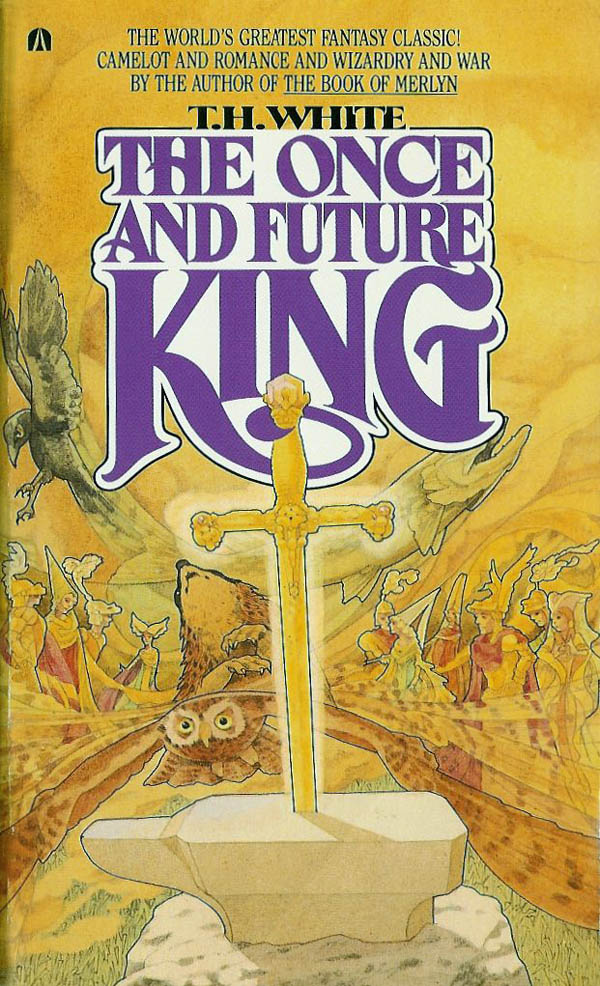
Source: Amazon
3. Excalibur
In John Boorman’s 1981 film, Excalibur, Uther Pendragon, mortally wounded, plants the sword with the utterance that none but he shall yield it. Merlin proclaims, “He who draws the sword from the stone, he shall be king.”
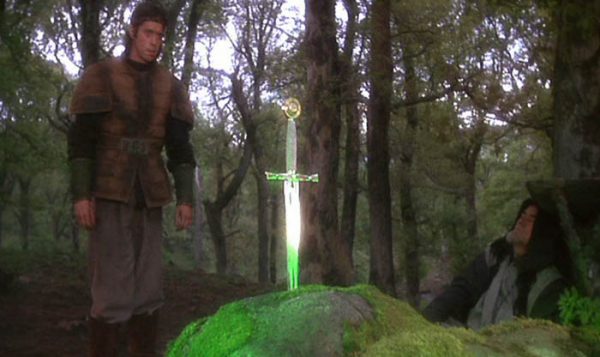
Source: Death by Movies
4. Merlin
The BBC television version, Merlin put a new twist on the legend. Arthur, already king, is about to lead the battle to re-take Camelot but he is wracked with doubt. His act of extracting the sword is as much about self-confidence as proving that he is the rightful heir to Uther Pendragon.
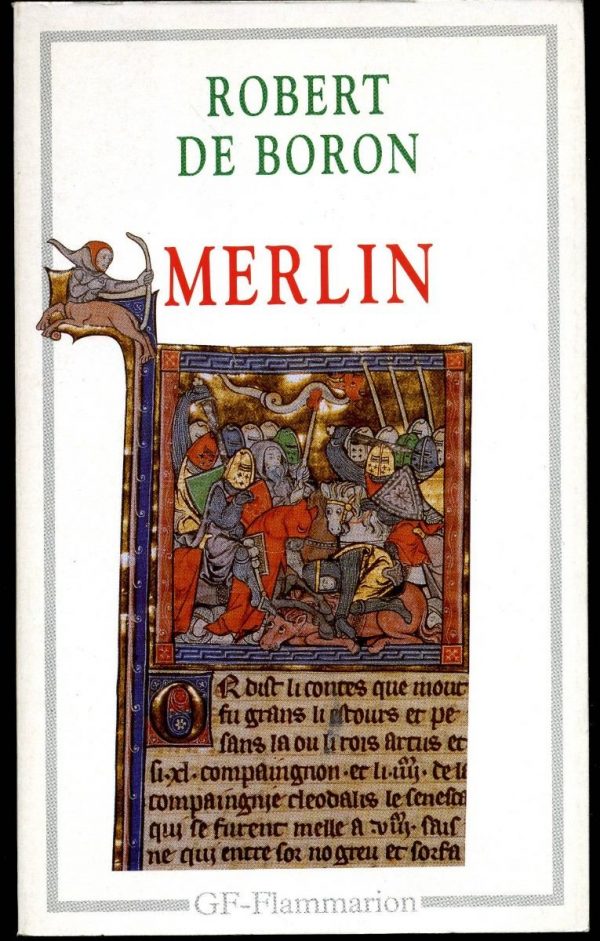
Source: Amazon
Do you agree with me that Saint Galgano’s sword was Robert de Boron’s inspiration for Arthur’s Sword in the Stone? Can’t wait to go visit the Montesiepi Chapel to see it for myself.
https://www.youtube.com/watch?v=RaBmWqQkKYE&w=560&h=315
YouTube Channel: gqnasa
Featured image via Wikimedia Commons
h/t Atlas Obscura
